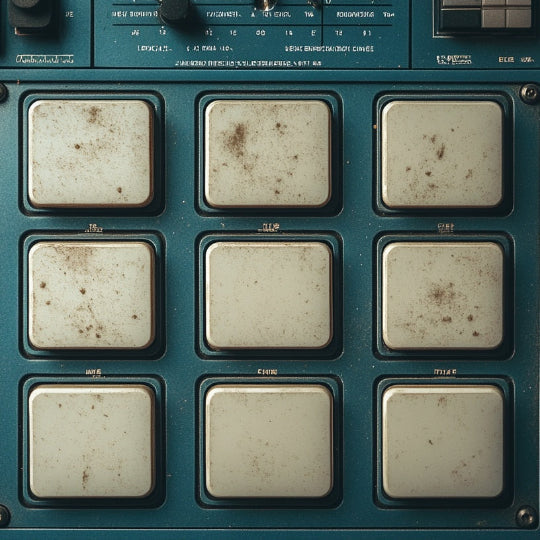
Crafting Beats with Feeling: A Guide to Infusing Emotion into Your Music Production
Share
Crafting Beats with Feeling: A Guide to Infusing Emotion into Your Music Production

Emotion is the soul of music, and as a producer, your beats are more than just a collection of sounds; they're the heartbeat that can evoke feelings and create connections with the listener. Infusing your beats with emotion is essential to making your music stand out and resonate. Here's how to add depth and feeling to your productions:
1. Choose the Right Sounds
The selection of instruments and sounds greatly influences the mood of your beat. Think about what emotions you want to convey. Soft, warm pads can elicit a sense of comfort, while sharp, dissonant synths might evoke tension. Experiment with different textures and timbres to find the ones that best express the desired feeling.
2. Mind Your Melodies and Harmonies
Melodies are often the most memorable part of a beat and can be a direct line to the listener's emotions. Use melodic shapes that reflect the mood you're aiming for. Major scales can sound happy and uplifting, while minor scales often feel sad or contemplative. Don't underestimate the power of harmonies to add complexity and emotional depth to your music.
3. Rhythm and Groove
The rhythm section is crucial in setting the emotional tone. A slow, laid-back groove can feel introspective or soulful, while a fast, complex rhythm can generate excitement or tension. Pay attention to the nuances of your drum patterns and basslines to ensure they complement the emotional intent of your track.
4. Dynamic Variation
Emotion in music often comes from changes in dynamics. Introduce crescendos or decrescendos to build anticipation and release. Use volume, filtering, and effects to create swells and drops that mimic the natural ebb and flow of emotions.
5. Space and Silence
Sometimes what you don't play is just as important as what you do. Incorporate breaks, rests, and moments of silence to give your beat room to breathe and to emphasize emotional impact. These pauses can create tension and highlight significant moments in your track.
6. Arrangement and Progression
Structure your beat to take the listener on an emotional journey. Develop your ideas, introduce variations, and create a progression that mirrors an emotional arc. Think about storytelling in your arrangement to maintain interest and engagement.
7. Sample Choice
Using samples can bring a specific emotion to your beat, especially if they contain human elements like vocal chops or instrumental riffs. Choose samples that resonate with the mood you're targeting and integrate them tastefully into your production.
8. Effects and Automation
Effects like reverb, delay, and modulation can add a layer of emotion to your beats. Automate these effects to evolve over time, reflecting the dynamic nature of human emotions. Subtle changes can have a profound impact on the feel of your track.
9. Collaboration and Feedback
Working with vocalists, instrumentalists, or other producers can add new dimensions of emotion to your beats. Don't hesitate to seek feedback from others, as fresh ears can offer valuable insights into how your music is perceived emotionally.
10. Trust Your Instincts
Finally, trust your gut. Your own emotional response to the music is a powerful indicator of its emotional content. If you're moved by your beat, chances are your listeners will be too.
By focusing on these elements, you can create beats that not only sound good but also truly feel good, connecting with your audience on a deeper level.
Looking for more inspiration? Check out our Guitar Beats collection.



